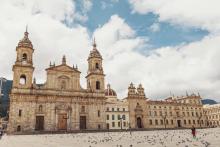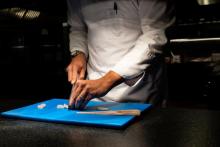Embark on a journey of discovery through the city's temples, cathedrals, and basilicas, unveiling stories that intertwine the past and present.
Embark on a journey of discovery through the city's temples, cathedrals, and basilicas, unveiling stories that intertwine the past and present.
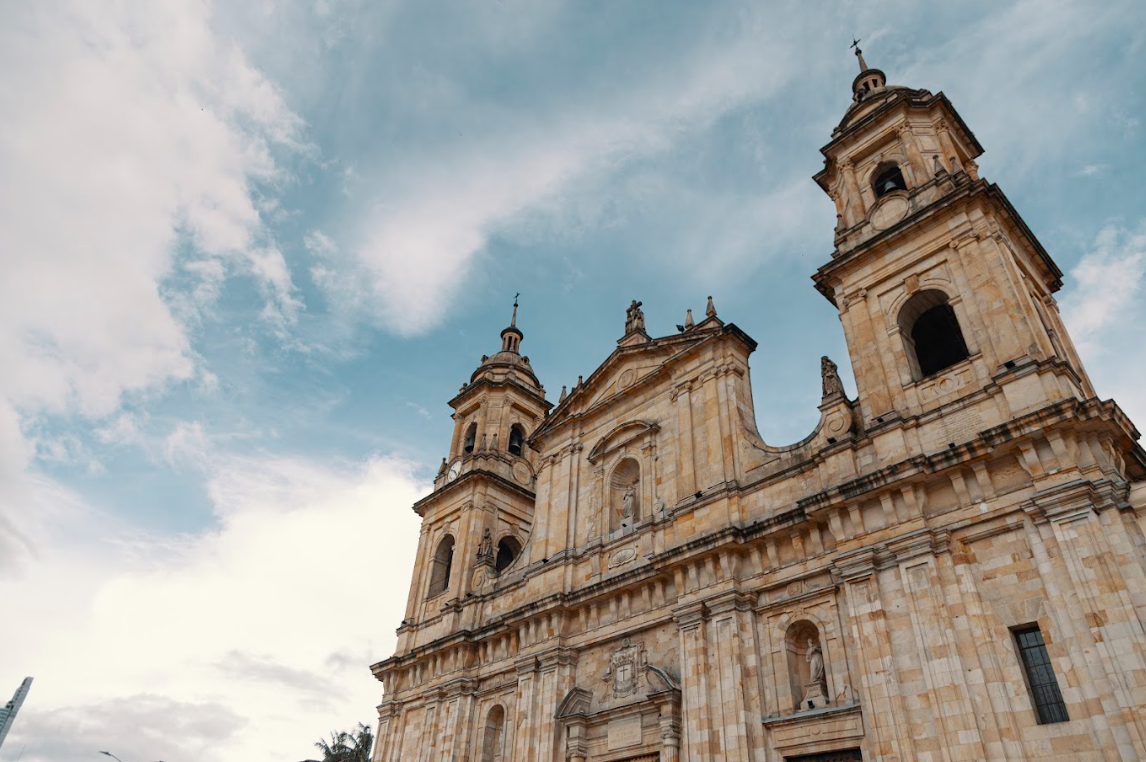
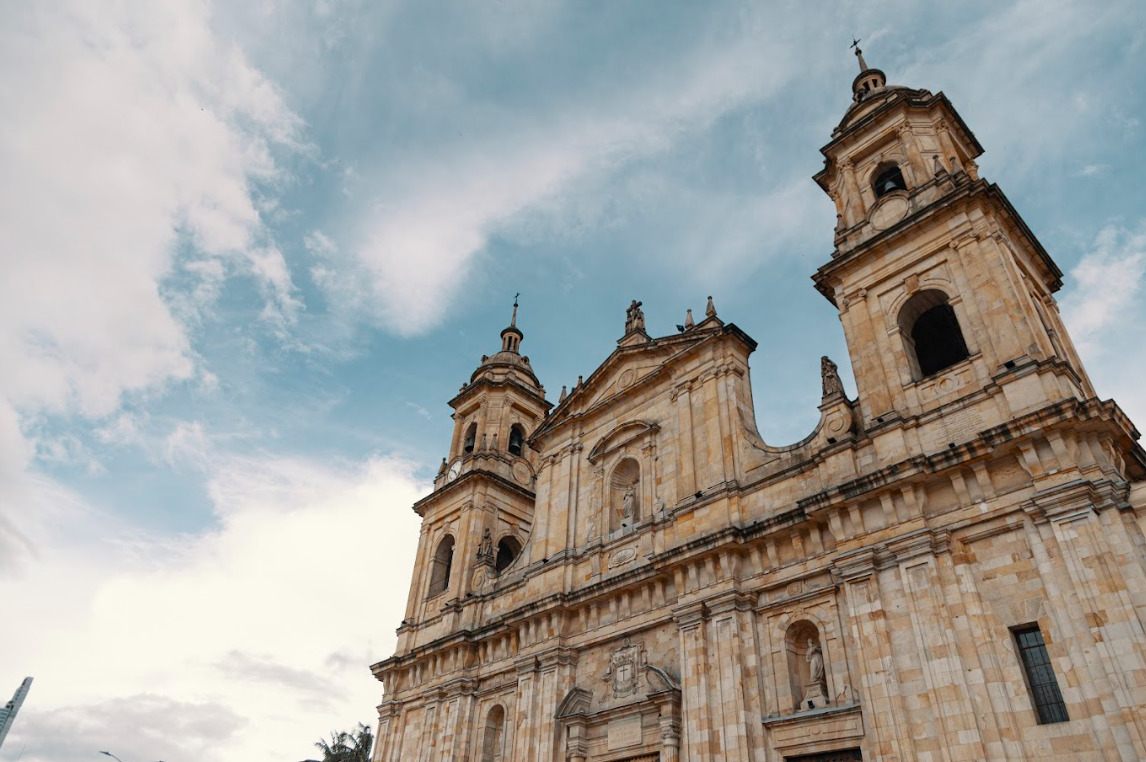
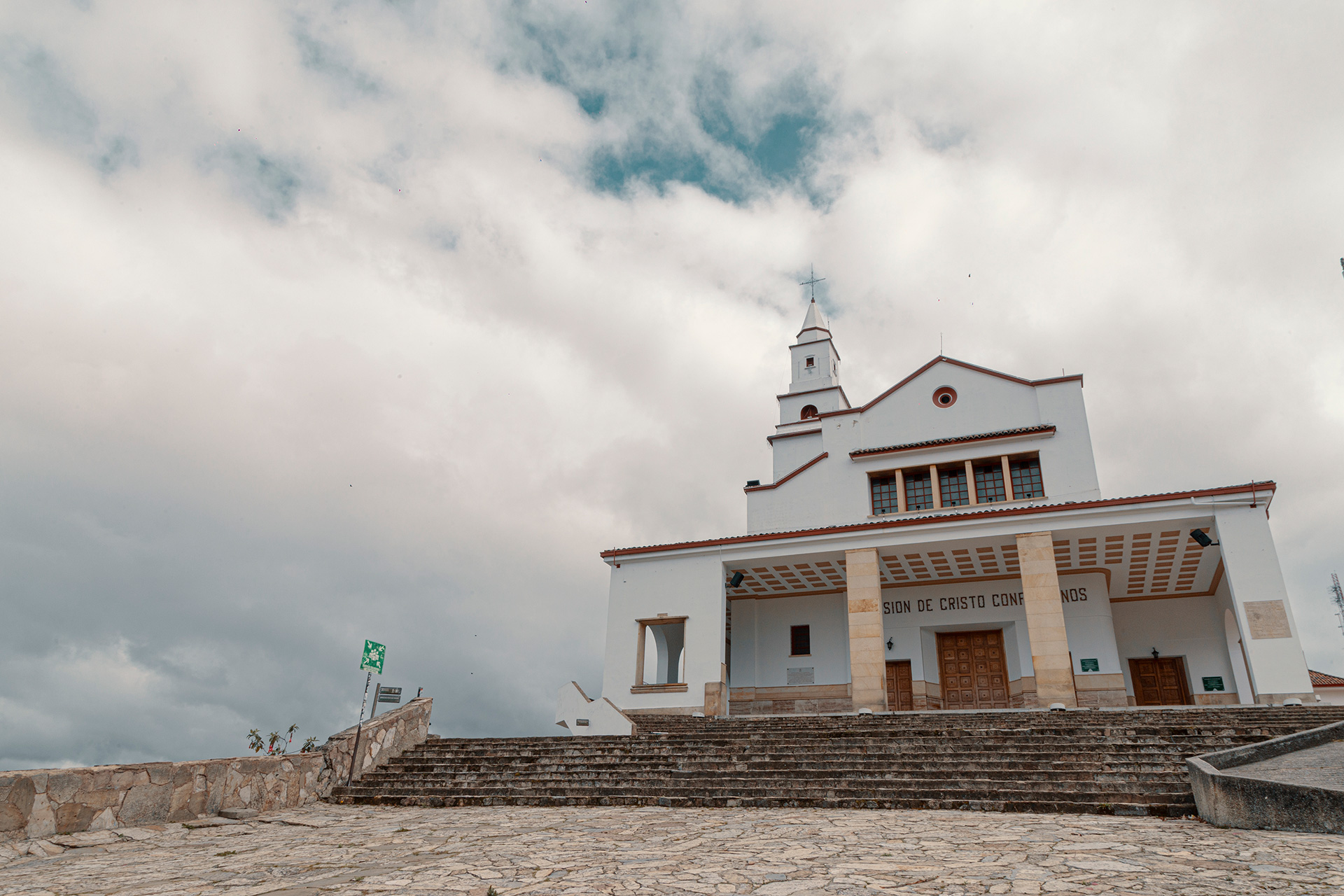
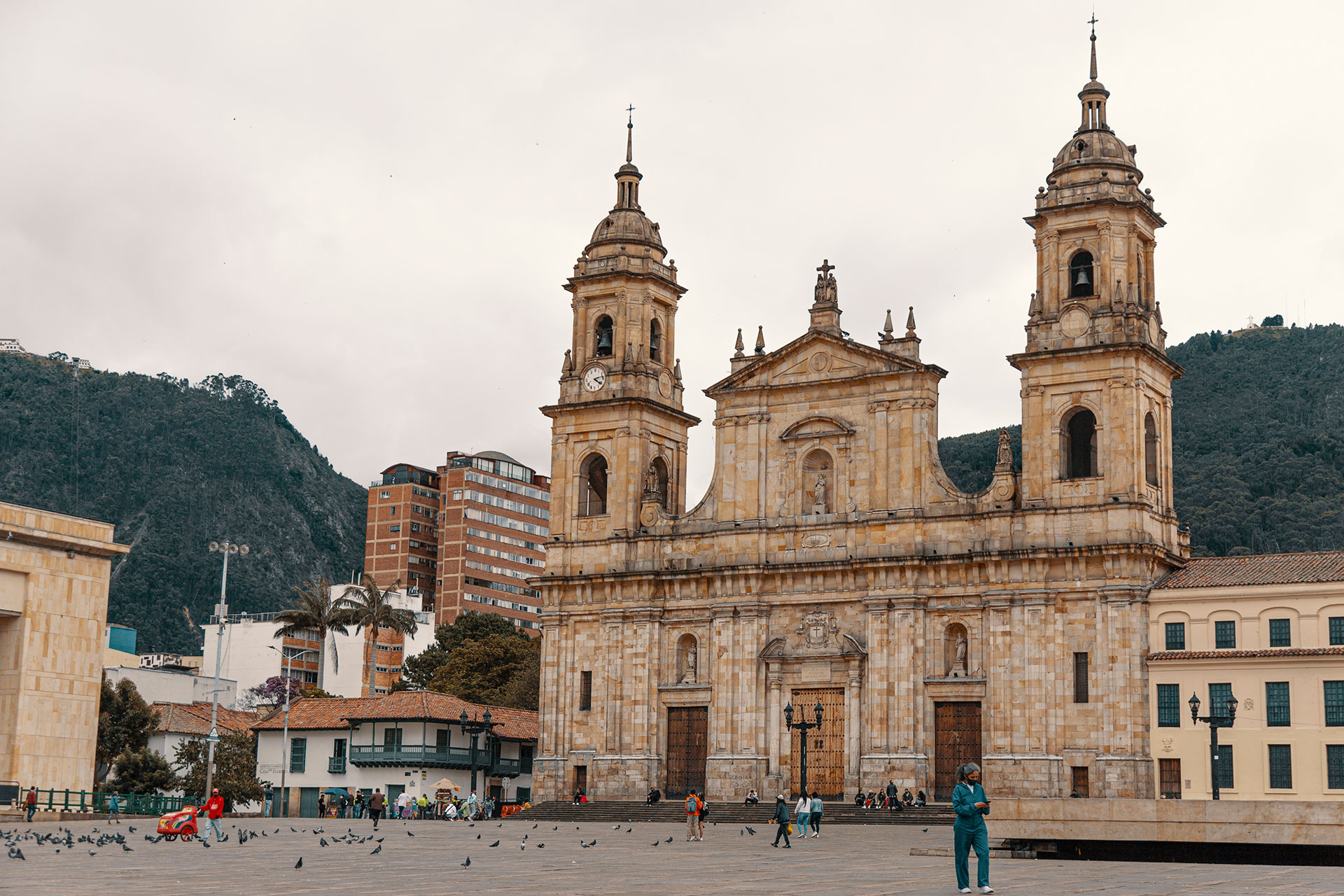
Saint Lucy Parish
The Saint Lucy Parish is a religious temple located in Santander Park, Chía. Originally built in 1604, its current structure is made of carved stone sourced from local quarries. The church features an elegant and simple style, with columns supporting a pathway of white arches that lead to the altar, where various religious figures are displayed. The church remains open until the evening.
Holy Week will be full of faith and tourist activities in Bogotá and Cundinamarca.
Faith resonates in every corner of Bogotá and Cundinamarca. A 2024 census conducted by the Secretariat of Planning revealed that Bogotá is home to 1,544 Catholic churches, many of which are authentic architectural jewels in the Gothic and Colonial styles. Visitors can admire numerous paintings and works by some of the most prominent figures in religious art.
When eating is no longer a temptation! Bogotá and Cundinamarca invite you to indulge your palate during Holy Week.
According to Catholic traditions, Holy Week gastronomy refers to the culinary customs and foods considered 'permitted' during this sacred period, which spans from Palm Sunday to Easter Sunday, from April 13 to April 20.2025.
Minor Basilica of Our Lady of Chiquinquirá
The Dominican Friars own and manage the Catholic temple dedicated to Our Lady of the Rosary of Chiquinquirá, located within the Archdiocese of Bogotá. Construction of the temple began in 1919, and the parish was established on August 20, 1948, with Father Fray Juan Alonso Suárez O.P. as its first parish priest. The temple was completed and inaugurated in 1959, and it has been administered by the Dominican Friars since then.
Sanctuary of Our Lady of Fatima
Built by the Heralds of the Gospel, this sanctuary is renowned for its polychrome Gothic architecture in shades of white, gray, and cream. It features impressive stained-glass windows and ornaments, and its interior reflects Marian devotion.
*This sanctuary serves as a place of pilgrimage and spiritual renewal during the Holy Year. Here, the faithful can fulfill the requirements to obtain a plenary indulgence and experience the Jubilee with renewed faith.
Sanctuary of Our Lady of Health
This parish was founded in 1997, thanks to a donation from the Corona Foundation. It houses the miraculous painting of the Virgen de la Salud (Our Lady of Health). The Risen Christ sector was established as a parish in 2001 under the guidance of Father Guillermo Vargas. The construction of the temple was completed in 2008, and it was consecrated in 2009.
Minor Basilica of the Holy Christ
Construction began in 1921, and it is in a French neo-Gothic style. Its central spire measures 65 m and houses the image of the Holy Crucified Christ, known for its miracles. In 1992, Pope John Paul II consecrated it as a Minor Basilica.
*During the Jubilee of Hope, this basilica will serve as a pilgrimage center for all who wish to experience God's mercy, obtain a plenary indulgence, and strengthen their faith.
Cathedral of the Immaculate Conception
The Minor Basilica of Immaculate Conception was completed in 1938 under the direction of Monsignor José Ismael Téllez, thanks to the efforts and collaboration of the local community. Its Greco-Roman architecture has earned it recognition as a historical patrimony of the department.
Divine Savior Church and Rectory
It is a temple of historical and architectural value. Although the exact date of its construction is unknown, it is a cultural and religious reference, together with the Rectory.
*During this Holy Year, the faithful can visit this sanctuary as part of their spiritual pilgrimage. It is an opportunity to receive a plenary indulgence and walk with faith and hope in God's mercy.
Cathedral of the Most Holy Trinity and St. Anthony of Padua
It was designed by Fray Domingo de Petrés; its construction began in 1805 and took 111 years to complete. It was inaugurated and consecrated on November 19, 1916. The Cathedral stands out for its neoclassical architecture.
*During the Jubilee Holy Year, this Cathedral opens its doors as a place of special grace. Here, the faithful may receive plenary indulgence by fulfilling the requirements of confession, communion, and prayer—a space to renew faith and live as Pilgrims of Hope.


